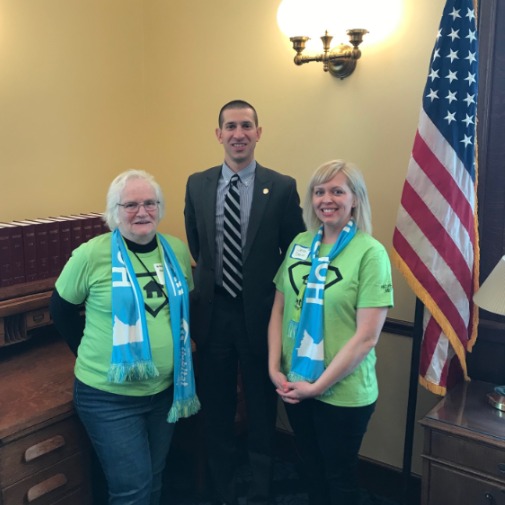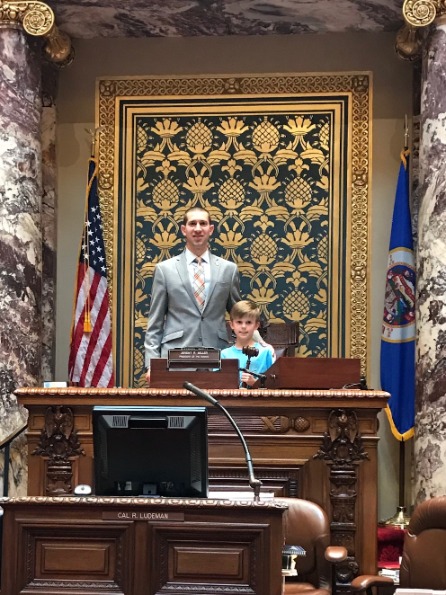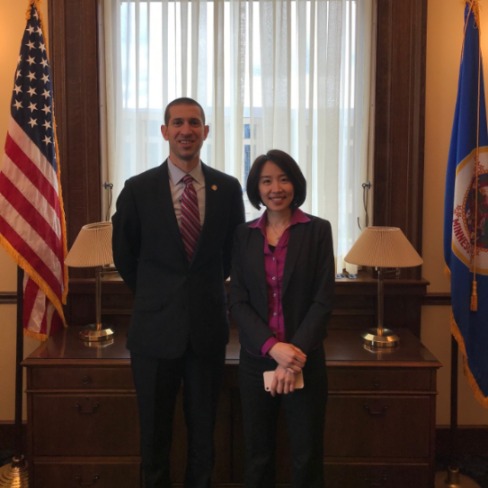It’s crunch time here at the Capitol!
The Minnesota House of Representatives, currently lead by Democrats, and the Minnesota Senate, currently lead by Republicans, have each passed their proposed budget bills and they are headed to conference committees to work out the differences, of which there are many. Prior to the House and Senate passing budget proposals, Governor Walz released his budget proposal, which is closely aligned with House Democrats.
One of the more notable areas of disagreement is the amount of new revenue that is being proposed by House Democrats and Governor Walz in the way of new taxes and fees. The House and governor are proposing to raise more than $12 billion in taxes and fees over the next four years.
Those revenue increases include income and business tax increases ($4 billion), transportation tax increases like the gas tax and tab fees ($3.9 billion), the health care provider tax that is paid when people go to the doctor or hospital ($2.55 billion), paid family leave taxes ($2 billion), and more than $275 million in other fees. According to a recent Star Tribune article, a Department of Revenue analysis confirms that the lowest-income Minnesotans would be hit hardest by Gov. Walz’s tax plan.
The tax proposal from Senate Republicans takes a much different approach. Our plan would hold harmless or reduce taxes on virtually all Minnesotans, including a reduction to the second-tier income tax bracket for middle income Minnesotans. It also continues to phase out taxes on Social Security income to help encourage seniors to stay in Minnesota when they retire. Senate Republicans began this effort in 2017. This proposal doesn’t ask working Minnesotans to pay more by raising the gas tax, tab fees, the health care provider tax, or paid family leave taxes.
In terms of general fund spending, the Senate is proposing about $47.7 billion. The House and Governor Walz are just shy of $50 billion. All three proposals are increases from the current general fund biannual budget of about $45.5 billion. While the overall spending amounts are much different, many of the priorities are the same, including education, transportation, and protecting vulnerable citizens.
The major differences in the budget proposals are the significant revenue increases and the overall spending increases proposed by the Governor and House Democrats compared to the proposal from Senate Republicans.
Contact Me
If you have any questions about the budget bills we are discussing or any other legislative issue, please don’t hesitate to contact me any time. Your feedback is extremely important to me and I encourage you to share your input. You can send me an email at sen.jeremy.miller@senate.mn or call my Capitol office at 651-296-5649. It’s a great honor to serve as your State Senator.
Finally, if you don’t already follow me on Facebook, please give my Senate page a ‘Like’. This is a great way to stay on top of the latest news from the Capitol! Visit my page here: https://www.facebook.com/SenatorJeremyMiller/.
Recent Visits
Sincerely,



